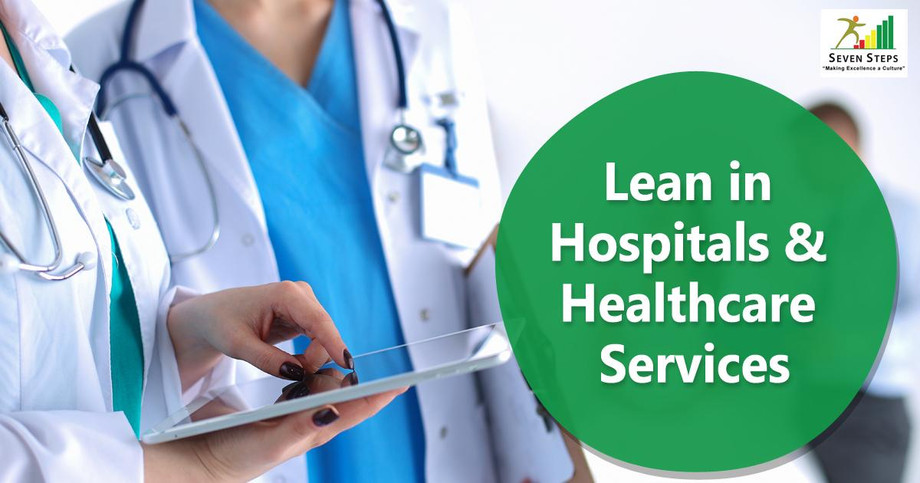Hospitals are a key part of health care delivery system. They provide a variety of services ranging from outpatient treatment to admissions and rehabilitation. As a system, hospitals are intricate network of processes. Starting from the reception to the admissions and discharge office, the entire work is a series of processes. As a result of limited resources or large scope of service, hospitals tend to fall into repetitive procedures (forms to be filled in various places), wasted resources (more than required number of people speaking to the patients), and an overall confusion about the order of steps. These broken systems lead to problems with patient safety, increased cost and long waiting times.
These issues can be addressed with implementation of Lean Systems. Lean systems are often wrongly viewed as ‘cost cutting’ techniques. In fact, these are a set of tools which help organizations such as hospitals to adopt a culture to organize and manage their work.
Lean regards people as a valuable resource. Thus, as a system of management, Lean can help in better engagement of physicians and other employees to work together to deliver better quality of care. The benefits can, therefore, lead to reduction of errors and improvement of patient safety.
Implementation of Lean cannot be considered as a magical solution to problems. It is a simple system with simple procedures which, if followed thoroughly, can lead to amazing results. These simple sounding principles can pose a challenge in terms of implementation, hence the requirement of sound leadership (the Lean Leader).
The areas where Lean can help:
Reducing Waste:
The waste in hospitals can be in terms of waste of resources, waste of movement, duplicating the work and many more. (identifying waste-by-process is one of the steps in lean implementation). By eliminating the waste in the system, the time and resources available for various activities can be increased.Increasing Value:
Hospitals, like several other industries, lose a lot of time and resources on activities that are less value yielding or absolutely no value generating. Value stream mapping can help differentiate these activities and guide in minimizing the non-value adding processes.Preventing errors and Improving Safety:
There are innumerable sources of error and harm in a hospital set up ranging from infrastructure related sources to service-related errors. Lean uses tools like error proofing and TPM to help enhance the functioning of the system.Employee Management:
Human resource is the biggest asset in hospital management. Creating a culture of mutual respect and accountability is central to lean management. Encouraging employee participation and making them part of the progress go a long way in building the organization.Tools
like 5S and visual management help to keep hospitals better organized and in turn help with cost reduction. A better organized workplace with concepts like ‘A place for everything and everything in its place’ make inventory management easy and less time consuming.Problem solving and trouble shooting are done using methods like Root Cause Analysis.
Implementation of Lean in hospitals is the way to achieve higher success by delivering quality service at a remarkably reduced cost and with a world class work culture.
Seven Steps Business Transformation system helps organisations in their Journey of Excellence in wide variety of business sectors. Our offerings are in supporting implementation of best in class practices such is TPM, TQM, Lean, Six Sigma, Theory of Constrains, 5S and Visual Management etc., Our services has helped organisations in Manufacturing, services, hospitality, retail, warehousing, farming, distribution to name a few. With collective experience in multiple fields and with our expertise of turn-around projects we offer specialized support for Healthcare and Hospital Management.
Some of the major benefits which can be realized through our services in Hospital and Healthcare management are:
Improved patient overall experience in services
Delighted customers
Reduced cost of operations
Improved people involvement
Reduced inventory
Effective staff members
Improve hygiene and safety at work place
Reduced contamination
Some of the key tools used by us in Lean Healthcare and Hospitals are:
- Applied 5S,
- Visual Management
- Quick change-over
- Standardized work
- Moments of Truth
- Jidoka – Mistake Proofing
- Root cause analysis
- FMEA
- Load levelling
- Work Balancing
- Right first time
We also conduct trainings for professional development of Health care team through our Seven Steps Academy of Excellence – www.7stepsacademy.com through inhouse and public trainings.

